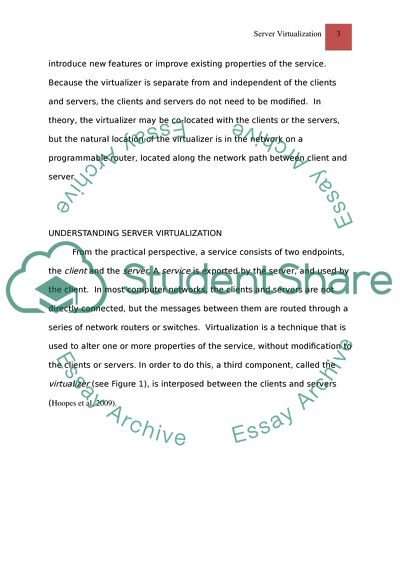Cite this document
(“Server Virtualization Term Paper Example | Topics and Well Written Essays - 2250 words”, n.d.)
Server Virtualization Term Paper Example | Topics and Well Written Essays - 2250 words. Retrieved from https://studentshare.org/technology/1737016-server-virtualization
Server Virtualization Term Paper Example | Topics and Well Written Essays - 2250 words. Retrieved from https://studentshare.org/technology/1737016-server-virtualization
(Server Virtualization Term Paper Example | Topics and Well Written Essays - 2250 Words)
Server Virtualization Term Paper Example | Topics and Well Written Essays - 2250 Words. https://studentshare.org/technology/1737016-server-virtualization.
Server Virtualization Term Paper Example | Topics and Well Written Essays - 2250 Words. https://studentshare.org/technology/1737016-server-virtualization.
“Server Virtualization Term Paper Example | Topics and Well Written Essays - 2250 Words”, n.d. https://studentshare.org/technology/1737016-server-virtualization.


